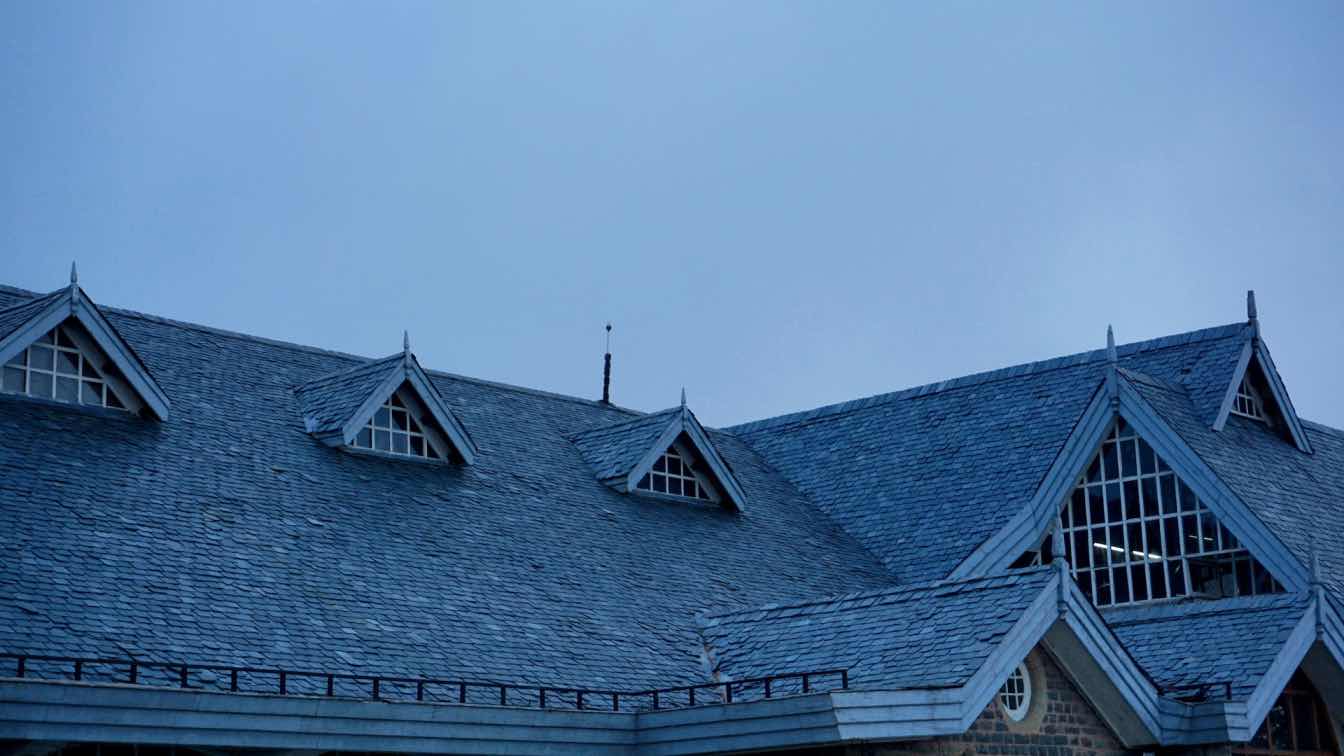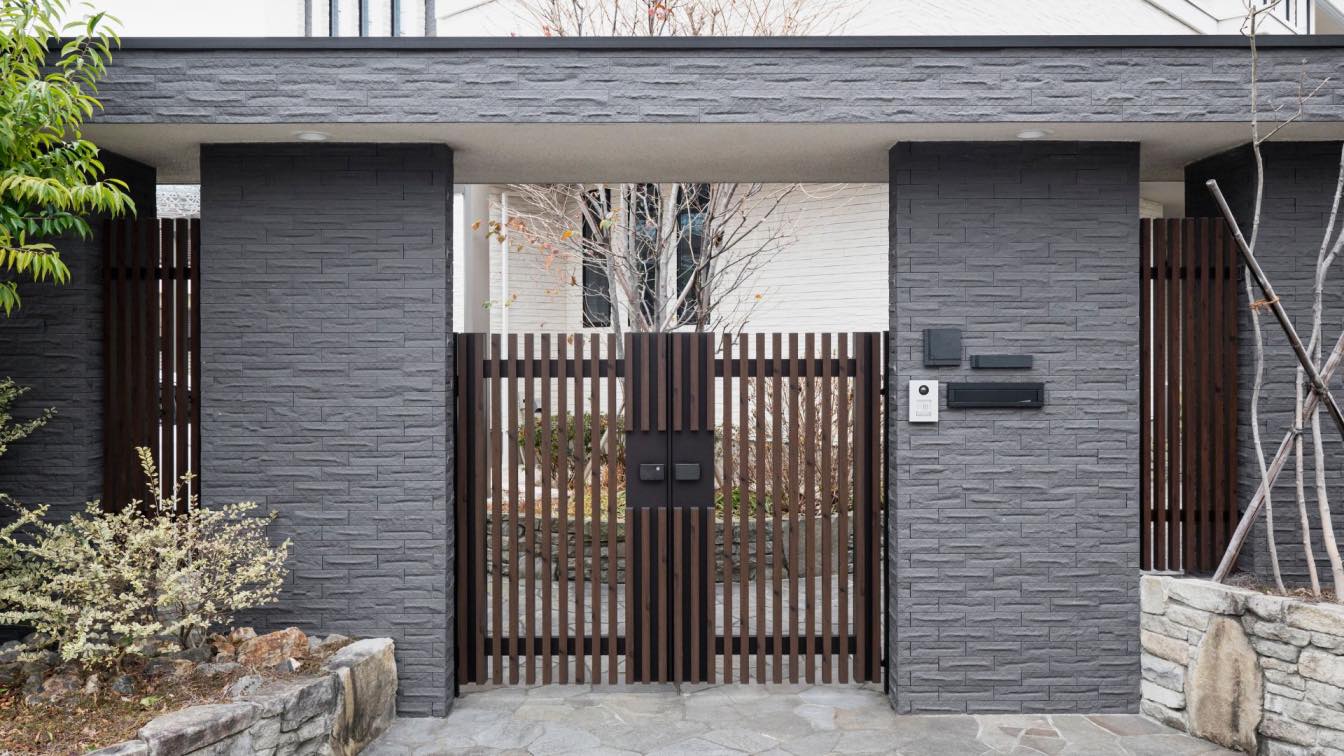Choosing the roof is one of the key decisions in building a new home. It's not just protection; it's a major architectural feature and property investment. Selecting the right roof means considering factors like comfort, energy efficiency, and structural integrity beyond aesthetics on a brochure. This article will walk you through the critical considerations for choosing the perfect roof for your new home.
Climate Considerations
Your local climate greatly influences the best roofing material for your new home. Sloped roofs are preferred in rainy or snowy areas to avoid water buildup and potential damage. In warmer climates, light-colored roofs reflect sunlight, keeping homes cool and reducing air conditioning costs.
Materials like clay tiles are renowned for their ability to withstand high temperatures and are popular in such areas. Metal roofing offers an added layer of protection due to its fire resistance for homes in areas prone to wildfires. Understanding these climate-related nuances ensures your roof looks appealing and functions optimally in the environmental conditions specific to your location.
Roofing Materials
Choosing the right roofing material is crucial for the longevity and efficiency of your roof. Several options are available, each with its own advantages and challenges. According to roofers at callmyroofpro.com, the best roofing materials should offer durability, energy efficiency, and low maintenance requirements. Some popular choices include:
Asphalt shingles: They are the most common roofing material due to their affordability, versatility, and easy installation.
Metal roofing: Metal roofs are made from various materials, such as aluminum, copper, and steel. They are known for their longevity and excellent fire resistance.
Clay or concrete tiles: These durable materials offer a unique look to your home and can withstand extreme weather conditions.
Slate: A natural stone material that is aesthetically pleasing, highly durable, and fire-resistant.
Wood shingles/shakes: They offer a traditional, rustic look and are often chosen for their natural beauty. However, they require more maintenance and are not suitable for fire-prone areas.
Aesthetics and Architectural Style
The aesthetic appeal of your roof should harmonize with the architectural style of your home, enhancing its overall visual impact and curb appeal. A misaligned choice can detract from the beauty and coherence of the design. For instance, slate roofing may complement traditional homes or historical renovations, lending an air of elegance and timelessness.
Conversely, a modern or contemporary home might benefit from metal roofing's sleek lines and variety of finishes. It's essential to consider how the color, texture, and shape of the roofing materials will integrate with your home's facade and landscape. Consulting with an architect or designer can help ensure that your roofing choice strengthens your home's architectural statement rather than undermining it.
Longevity and Maintenance
Your roofing material's durability and maintenance needs are vital factors to consider before deciding. Metal roofing and slate offer long-lasting durability, requiring minimal upkeep for several decades, making them cost-effective in the long run. In contrast, though initially cost-efficient, asphalt shingles may need more frequent replacements or repairs, leading to higher long-term costs.
When choosing roofing materials, consider ease of maintenance and preventing mold growth or water damage. Opt for materials suited to your climate to minimize maintenance. Understanding these factors keeps your roof functional and beautiful, protecting your home long-term.
Cost and Budget
Your budget is the final yet crucial factor in selecting the right roof for your new home. Instead of choosing the cheapest option upfront, think about the long-term benefits. Quality materials like slate or metal may cost more initially but can save you money in the long run due to their durability and low maintenance needs.
On the other hand, opting for cheaper options like asphalt shingles may lead to more frequent replacements, increasing long-term costs. Also, energy efficiency should be considered; materials with better insulation or reflectivity can reduce heating and cooling expenses, resulting in savings. Compare upfront costs to future benefits and maintenance requirements to make a smart financial choice that fits your budget and investment objectives.
Local Building Codes and Regulations
It's vital to consult local building codes and regulations before finalizing your roofing choice. These guidelines outline the minimum safety, structural integrity, and energy efficiency standards that must be met in your area. Adherence to these requirements may lead to costly fines or even require you to replace your roof in the future completely.
Additionally, some areas have specific materials, styles, and color regulations to maintain neighborhood aesthetics. You may also need permits or approval from your homeowner's association before proceeding with your roofing project. Knowing these regulations beforehand can help avoid unnecessary expenses and ensure a smooth construction process.
The bottom line is that selecting the right roof for your new home is a multi-faceted decision that encompasses more than aesthetics alone. By evaluating these factors based on your needs and your home's location, you can make an informed choice that enhances your property's beauty, protection, and efficiency for years to come. Remember, consulting with professionals and doing thorough research can help guide you toward the perfect roof for your new house.





